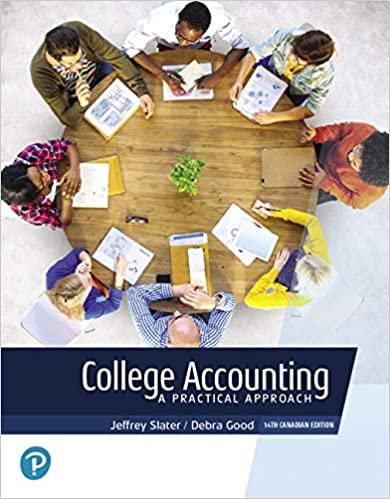Question
Landers Company manufactures a number of products. The standards relating to one of these products are shown below, along with actual cost data for May.
| Landers Company manufactures a number of products. The standards relating to one of these products are shown below, along with actual cost data for May. |
| Standard Cost per Unit | Actual Cost per Unit | |||||
| Direct materials: | ||||||
| Standard: 1.40 feet at $3.00 per foot | $ | 4.20 | ||||
| Actual: 1.35 feet at $3.20 per foot | $ | 4.32 | ||||
| Direct labor: | ||||||
| Standard: 1.00 hours at $17.00 per hour | 17.00 | |||||
| Actual: 1.05 hours at $16.40 per hour | 17.22 | |||||
| Variable overhead: | ||||||
| Standard: 1.00 hours at $3.00 per hour | 3.00 | |||||
| Actual: 1.05 hours at $2.60 per hour | 2.73 | |||||
| Total cost per unit | $ | 24.20 | $ | 24.27 | ||
| Excess of actual cost over standard cost per unit | $ | 0.07 | ||||
| The production superintendent was pleased when he saw this report and commented: "This $0.07 excess cost is well within the 1 percent limit management has set for acceptable variances. It's obvious that there's not much to worry about with this product." |
| Actual production for the month was 15,000 units. Variable overhead cost is assigned to products on the basis of direct labour-hours. There were no beginning or ending inventories of materials. |
| Required: |
| 1. | Compute the following variances for May: |
| a. | Materials quantity and price variances. (Input all amounts as positive values. Leave no cells blank - be certain to enter "0" wherever required. Indicate the effect of each variance by selecting "F" for favorable, "U" for unfavorable, and "None" for no effect (i.e., zero variance.) |
| b. | Labour efficiency and rate variances. (Input all amounts as positive values. Leave no cells blank - be certain to enter "0" wherever required. Indicate the effect of each variance by selecting "F" for favorable, "U" for unfavorable, and "None" for no effect (i.e., zero variance.) |
| c. | Variable overhead efficiency and rate variances. (Input all amounts as positive values. Leave no cells blank - be certain to enter "0" wherever required. Indicate the effect of each variance by selecting "F" for favorable, "U" for unfavorable, and "None" for no effect (i.e., zero variance.) |
| 2. | How much of the $0.07 excess unit cost is traceable to each of the variances computed in (1) above. (Input all amounts as positive values. Leave no cells blank - be certain to enter "0" wherever required. Round your answers to 2 decimal places. Indicate the effect of each variance by selecting "F" for favorable, "U" for unfavorable, and "None" for no effect (i.e., zero variance.) |
| 3. | How much of the $0.07 excess unit cost is traceable to apparent inefficient use of labour time? (Input all amounts as positive values. Leave no cells blank - be certain to enter "0" wherever required. Do not round intermediate calculations. Round your final answers to 2 decimal places. Indicate the effect of each variance by selecting "F" for favorable, "U" for unfavorable, and "None" for no effect (i.e., zero variance.) |
Step by Step Solution
There are 3 Steps involved in it
Step: 1

Get Instant Access to Expert-Tailored Solutions
See step-by-step solutions with expert insights and AI powered tools for academic success
Step: 2

Step: 3

Ace Your Homework with AI
Get the answers you need in no time with our AI-driven, step-by-step assistance
Get Started


